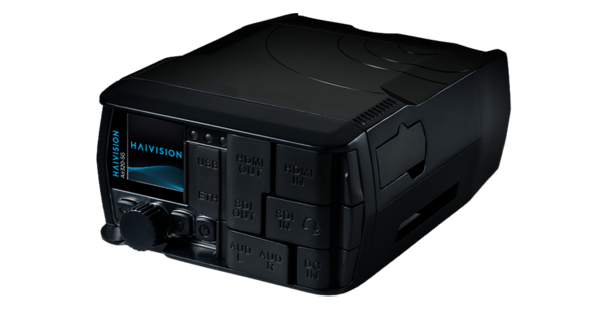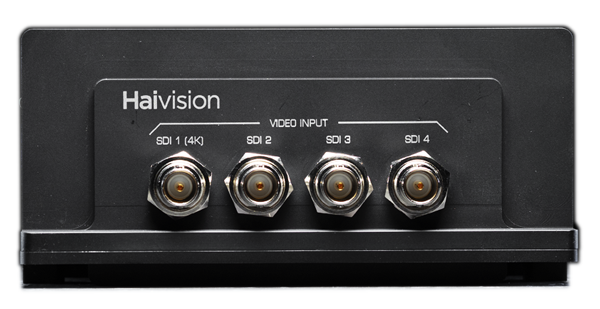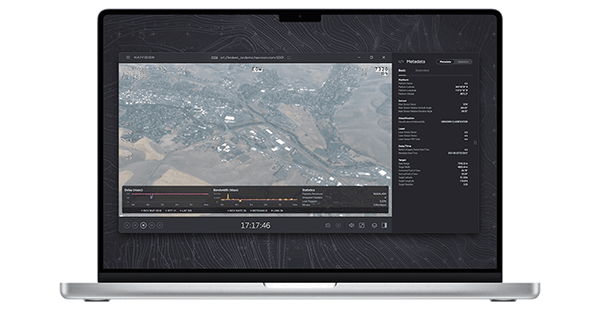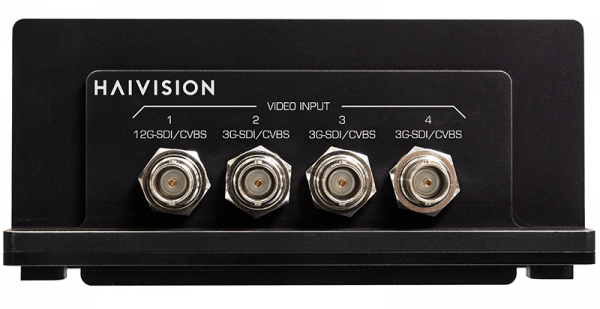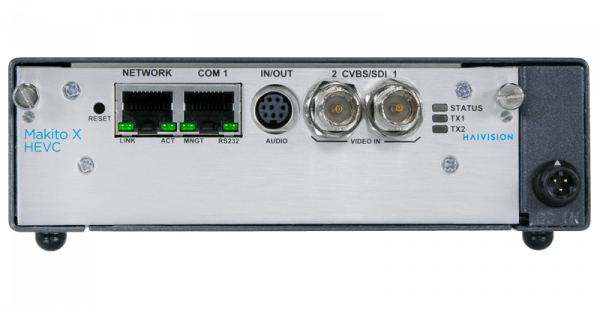Whether your live broadcast has hundreds of viewers or thousands, the right production workflow is essential to quality delivery. As you configure a suite of solutions, finding the right video encoder may not be entirely straightforward. But by asking the right questions, you can narrow the options down to the technology that will best support your live streaming needs over the long term.
Here are 10 key factors to consider when selecting a video encoder.
1. Use Case
What are all the video encoding use cases your production requires? Arguably the most important question that needs to be asked when selecting a video encoder, defining all your use cases makes it far easier to prioritize the other features required to streamline your workflow.
Starting with the basics, determine whether a fixed video encoder or mobile video transmitter is better for the production workflow.
Where fixed video encoders are ideal for productions with fixed cameras and reliable private IP or public internet, mobile video transmitters offer broadcasters greater flexibility, making it simple to expand their transmission capacities on-the-go using cellular connectivity with 5G, 4G, 3G and others.
Every other decision about your solution hinges on what you truly need it for, so we recommend asking this question first.
2. Form Factor
Now that we’ve covered function, let’s consider form factor – the encoder’s physical fit within your workflow. The form factor of a video encoder is very important to a streaming setup. This can include a dedicated a compact, lightweight hardware video encoder for a desktop setup or encoder blades for processing multiple cameras where space is at a premium. Some situations may require ruggedized video encoders for harsh environments, especially when operating outdoors. Other situations may need fanless operation for quiet spaces or low power consumption for mobile platforms.
3. Supported Codecs
Of course, it’s crucial that the video encoder in your workflow can support the video codec you want to use, which is HEVC or H.264 in most cases. Some video encoders support both of these codecs, which is an excellent way to future-proof your streaming setup.
4. IP Transport Protocols
What IP transport protocol is best suited to your streaming application?
Fixed or mobile encoders are only one piece of the live production puzzle; depending on what networks are used for video transport, you’ll likely rely on a protocol such as the Secure Reliable Transport (SRT) protocol for the internet or the Safe Streams Transport (SST) protocol (see our blog on the differences here) for mobile networks.
Once you’ve determined which protocol is best, or if you need both, you can find video encoding options with native support for either SRT or SST.
5. Latency
In video encoding, fractions of a second really do count, which is why latency is an essential focus when exploring video encoders for your particular needs. Choose an encoder with low latency to reduce delays in your live video stream.
6. Interoperability
The best video encoder for the job is one that is compatible with other elements of your workflow, including cameras and your decoding method. Encoders with capability to support multiple video feeds in a well-synchronized fashion, for example, would be essential for live sports broadcasters.
7. Ease and Support
Video expert or not, it’s possible to run a successful live broadcast – all it takes is the right tools. In instances where a user-friendly video encoder is necessary, like when you have a team of volunteers or other employees involved, both ease-of-use and customer support are important features to watch out for.
8. Reliability
When not all elements are within your control, having a reliable system that’s ready to adapt is crucial to maintaining your broadcast quality. For instances that involve an unpredictable network, features like adaptive bitrate encoding and path redundancy become much more important. What constraints do you need to mitigate?
9. Quality
How important is video quality to your application? The video quality needed greatly influences the kind of encoder required. While there are video encoders that can stream in HD, HDR, and 4K UHD with 10-bit color spaces and 4:2:2 chroma subsampling, not all workflows require that level of quality and instead weigh other priorities like ultra-low latency more heavily.
10. Security
Protect intellectual property and prevent unauthorized access to videos with a highly secure video encoder that offers security options like AES 128/265-bit encryption. These built-in security features ensure all live streams are safe from the start.
A Future-Proof Workflow
Haivision’s suite of fixed video encoders and mobile video transmitters deliver a range of features to suit the specific needs for low latency video contribution over both fixed and mobile networks.
You don’t have to know all the specifications that lead to no-fail video encoding – speak to an expert about Haivision’s video encoders that will best support your low latency workflow.



